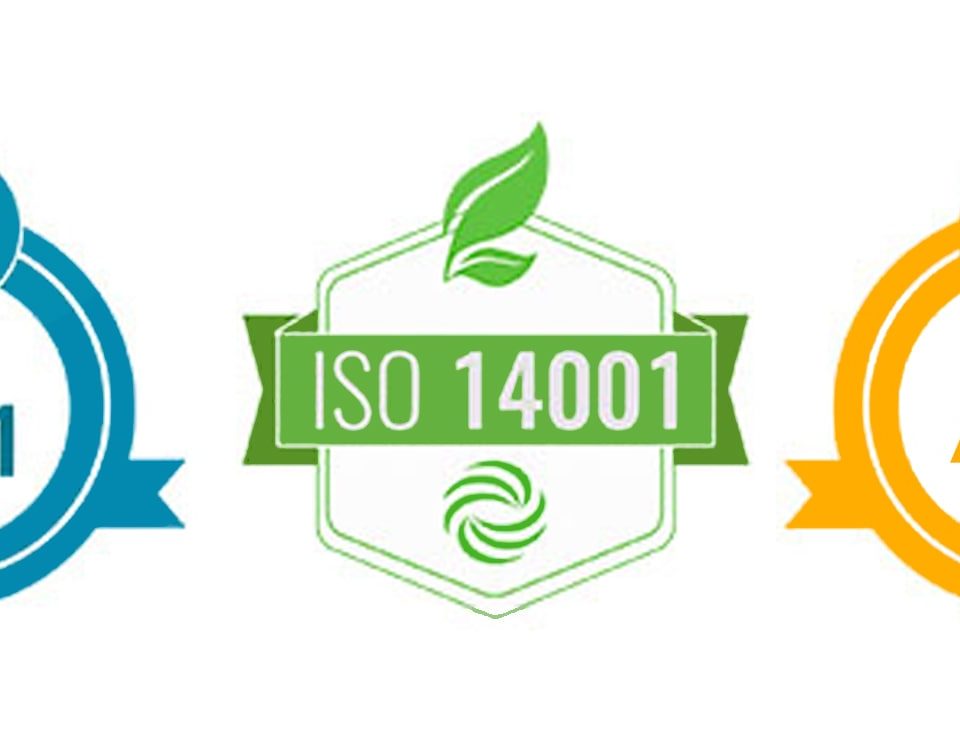How do I Translate a website to Vietnamese?
10 Facts About the Chinese Language
12th October 2025Review of Wordfast: Strengths and Weaknesses of This Translation Memory Tool Essay
14th October 2025How do I Translate a website to Vietnamese?
Translating a website to Vietnamese (or any other language) involves several key steps, from translation of the content to ensuring that the website is properly localized for Vietnamese-speaking users. Here’s a detailed guide on how to translate a website to Vietnamese:
1. Prepare the Website for Translation (Internationalization and Localization)
Before you begin translating the content, you need to ensure your website is internationalized and localized. This makes the translation process smoother and allows you to scale translations for future updates.
a. Internationalization (i18n)
-
Make sure the website’s content is separated from the code (i.e., externalizing strings in resource files or databases). This makes it easier to translate the content without affecting the website’s functionality.
-
Ensure the website supports Unicode encoding (e.g., UTF-8), which can handle Vietnamese characters.
-
Set the appropriate language tags in the HTML. For example, use
<html lang="vi">to indicate that the page is in Vietnamese.
b. Localization (L10n)
-
Adapt the design of the website to fit the cultural and language preferences of Vietnamese users. This includes things like text direction (Vietnamese is left-to-right, so there are no major layout changes), but may also involve adjusting currency symbols, date formats, and color schemes that are culturally appropriate.
-
Currency & Units: Convert prices to Vietnamese đồng (VND) if necessary.
2. Translate the Content
There are several methods to translate the content of the website into Vietnamese:
a. Manual Translation
-
If you have a fluent Vietnamese speaker or a professional translator, you can manually translate the content.
-
You can use a translation management system (TMS) to help organize and track the translation of your website’s content. Tools like Crowdin, Transifex, or Smartling allow multiple translators to work on a project, with version control to keep everything consistent.
b. Use Machine Translation (Automated Translation)
-
Google Translate: Google Translate can be used to quickly translate website content. You can use the Google Translate API to automatically translate your website’s content. While it’s convenient, the quality may not always be perfect, especially for complex content.
-
Add a Google Translate Widget to your website: You can embed a Google Translate widget on your website that allows users to choose the language they prefer.
-
Alternatively, use the Google Cloud Translation API to programmatically translate content.
-
-
DeepL: DeepL provides machine translation with generally better quality compared to Google Translate, especially for European languages, and may be useful if you’re translating complex sentences.
c. Crowdsourcing Translation
-
If your website has a large user base, you can involve your community to help translate. Platforms like Crowdin, Transifex, or Lokalise allow you to manage community-based translations.
3. Adjust Website for Vietnamese Content
Once the translation is done, make sure the translated content fits the website’s layout and structure:
a. Text Length and Layout:
-
Some languages (including Vietnamese) can be more concise or more expansive than others. Ensure that your website layout accommodates the translated Vietnamese text, especially for longer strings.
-
Adjust fonts, text boxes, buttons, and other UI elements to ensure everything fits properly and is readable.
b. Right-to-Left (RTL) Languages:
-
Although Vietnamese is written from left to right, if you’re planning to translate into languages that use RTL, ensure that the website supports RTL text alignment.
4. Implement Language Switching
Allow users to easily switch between different languages. This can be done by adding a language selector to the website. The selector can be a dropdown menu or flag icons for Vietnamese and any other language you support.
Example:
-
Add a simple language switcher like this:
-
You can also display a flag icon for each language:
5. SEO Considerations for the Vietnamese Version
Ensure that your Vietnamese website is properly optimized for search engines:
-
Use hreflang tags to tell search engines which version of your website should be shown to Vietnamese users. This can help prevent duplicate content issues.
-
Translate meta tags (title, description, etc.) into Vietnamese.
-
Consider creating Vietnamese-specific URLs (e.g.,
example.com/vifor the Vietnamese version of your website).
6. Test the Translated Website
Once the website is translated:
-
Check the quality of the translation: Ensure that the translations are accurate and appropriate for Vietnamese-speaking users. Avoid machine translation errors or awkward phrasing.
-
Test usability: Ensure that the website is fully functional, easy to navigate, and the Vietnamese content fits well in the design.
-
Test for responsiveness: Make sure that the website looks good on both desktop and mobile devices in the Vietnamese language.
7. Ongoing Maintenance and Updates
-
After launching the Vietnamese version of your website, keep the content updated. If you add new features or update the English content, make sure the Vietnamese translation is updated accordingly.
-
Continuous Improvement: Collect feedback from Vietnamese users and improve the translation or cultural relevance as necessary.
Tools You Can Use for Website Translation:
-
Google Translate API
-
DeepL API
-
Crowdin
-
Transifex
-
Lokalise
-
Weglot (plugin for translating websites, especially on platforms like WordPress, Shopify, etc.)
Summary
Translating a website into Vietnamese requires careful planning, both technically and linguistically. The key steps include preparing your site for multilingual support, translating the content (manually or via machine translation), adapting the website’s layout, enabling easy language switching, and testing for quality and SEO. With the right tools and attention to detail, your website can be successfully translated for Vietnamese users.

